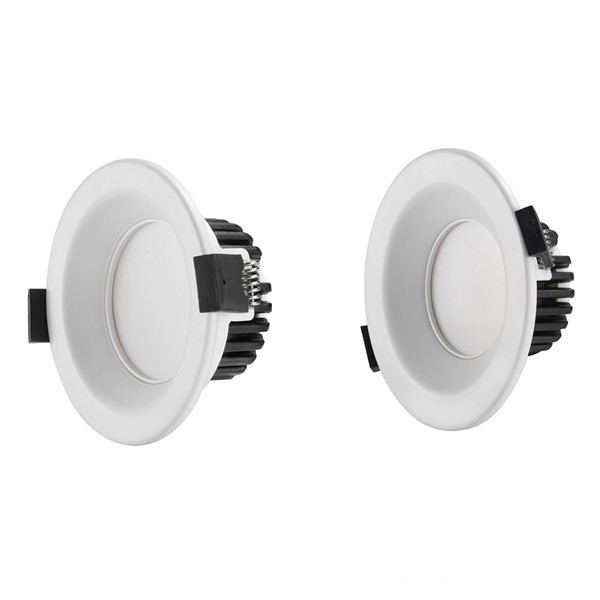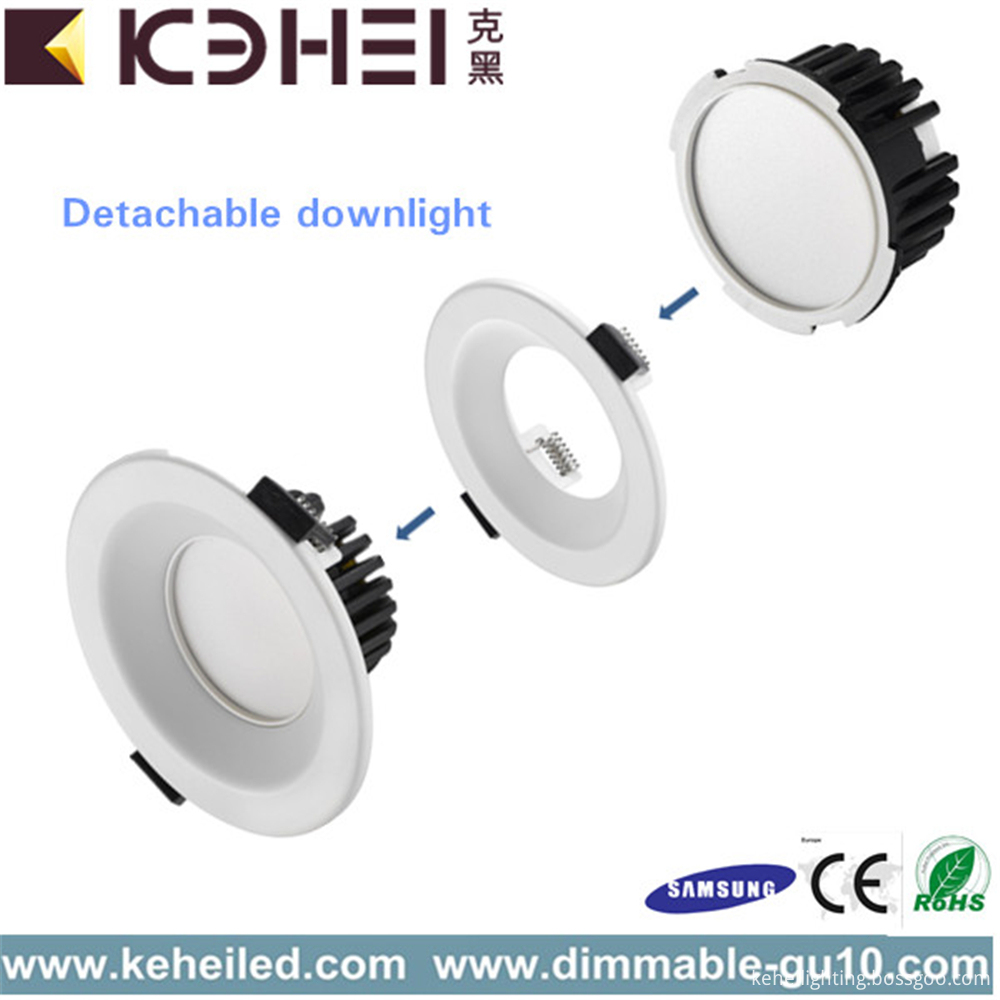
Survey articles <br> <br> energy-saving lamps and LED lamps supporters almost <br> <br> before the start of the experiment, the reporter conducted some investigations, to look people in the eyes of incandescent, energy saving lamps, LED lights Who The most cost-effective. Grandma Li said that I still use incandescent lamps because it is cheap. Ms. He said, "I think the effect and brightness are definitely better for LED lights, but as far as power saving is concerned, I think it is not much different from LED lights, but it is more expensive to buy LED lights, so it is possible to save energy by considering them. The lights will be better."
Mr. Zhang said, "It must be LED lights. Now LED lights are the trend. My home is equipped with LED lights. When the salesman is selling, it also says that this is more energy-efficient and brighter. I feel good when I use it, so I think The most cost-effective one should be this."
After some interviews, energy-saving lamps and LED lights supporters are similar. So, is it what the public thinks? Only find answers from the experimental results.
Experimental piece LED light brightness and power to win a chip <br> <br> Experimental equipment: lamps, clamp meter, tape, ST series illuminometer, incandescent, energy saving lamps, LED lights experiments Location: Nanchang University of Aeronautics Laboratory of Physics Experiment Center: Zhu Quanshui, Physics Experiment Center, Nanchang Aviation University (Note: The results of this experiment are only responsible for this experiment)
The reporter purchased three common lamps on the market for experiment, which are 40W incandescent lamps, 10W energy-saving lamps, and 5W LED lamps. The prices are 2 yuan, 10 yuan, and 15 yuan respectively.
"Although the power is indicated on the lamp, this data is not the actual power of the lamp, so in the experiment I will ask a 'good brother' - a clamp ammeter to help, use it to measure the actual light The current is then calculated to obtain the actual power of the lamp." Before the experiment began, the experimenter said: "Citizens often take into account the brightness problem when choosing a lamp, so in this experiment I will ask another 'good brother. '——The illuminometer is used to help test the brightness of the three lamps."
The mouth said nothing, the experiment is evidence. The first to appear was the incandescent lamp. The experimenter installed the incandescent lamp on a desk lamp prepared in advance. The current data measured by the clamp ammeter after the lamp was turned on was 0.166A. The experimenter stated that in order to obtain accurate and fair data, the experimental standard will be unified. Regardless of which lamp is tested, the sensor center of the illuminometer is placed 30 cm from the center of the lamp. Finally, the illuminance of the incandescent lamp measured by the experimenter was 1.03 Klx.
After replacing the energy-saving lamp, the experimenter measured the current as 0.037A and the illuminance was 0.44Klx. When the LED lamp is replaced, the current generated by the LED lamp is measured to be 0.032 A, and the illuminance is 1.07 Klx.
Through the experimental results, we can see that in the brightness, the brightness of the LED lamp has become a champion with a huge gap of more than twice that of the energy-saving lamp. The incandescent lamp ranks second, and the gap between 0.04Klx and the champion is lost, and the energy-saving lamp is at the bottom.
Since the experimenter measured the current in the experiment, the current is not the final data. The reason why the test current is to calculate the electricity cost of the lamp. The experimenter calculated that the incandescent lamp consumes 0.03652 kWh per hour; the energy-saving lamp consumes 0.00814 kWh for one hour; and the LED lamp consumes 0.00704 kWh for one hour.
Interpretation articles <br> <br> energy saving lamps and LED lights cost less the average family <br> <br> generally 5-6 hours per day turn-on, turn-by-day if six hours, 0.6 yuan per kWh calculation, According to the power consumption measured in this experiment, the reporter calculated that the above 40W incandescent lamp costs 47.98 yuan a year, and the 10W energy-saving lamp costs 10.69 yuan a year, which is 5W. LED lights cost 9.25 yuan a year. Obviously, the use of incandescent lamps is the least economical. LED lights are more expensive than energy-saving lamps, but electricity costs are cheaper.
Zhu Quanshui, physics experiment center of Nanchang Aviation University, said that according to the national standard GB/T 9473-2008 "Reading and writing operation table lamp performance requirements", the minimum illumination is 250lx from the daily table lamp 300mm from the desktop. According to the "indoor lighting and lighting design requirements" interior decoration is generally 300lx ~ 750lx. If the white wall has a high reflection coefficient of 300 lx, the brightness of the decorative part is high. Therefore, whether it is a light source for indoor illumination or a light source for a desk lamp, incandescent lamps, energy-saving lamps, and LED lamps satisfy the requirements. From the perspective of cost performance, energy-saving lamps and LED lights are not much different.
Experts suggest that students with LED lights <br> <br> Zhu also said that although both the overall cost about the same, but he also suggested that students use LED lighting lamps. Teacher Zhu explained that the incandescent lamp emits light through the thermal effect of the tungsten wire. The working principle of the energy-saving lamp is the same as that of the fluorescent lamp. The electrons emitted by the heating filament collide with argon atoms and mercury atoms to emit ultraviolet rays, and then the ultraviolet rays excite the phosphor to emit light. Therefore, the light generated by the energy-saving lamp has a stroboscopic light, and the high-frequency flashing energy-saving lamp also generates electromagnetic radiation, which may cause damage to the child's eyes for a long time. The LED lamp is a low-voltage DC constant current source light-emitting device that uses semiconductor electronic effect light. Therefore, there are no problems such as stroboscopic and electromagnetic radiation of the energy-saving lamp. Therefore, it is recommended that the student desk lamp be illuminated by LED light.

3.5 Inch LED Downlights can be detachable in two parts. The module and 3.5 Inch size rings. For the 3.5 Inch LED Downlights' module, it can be do for 5W and 9W. That is, for the size of 3.5 Inch LED Downlights, we can do 5W and 9W. Black color for module. White, black, silver color for ring. Color temperature (CCT): 2600-2700K, 2800-3200K, 3800-4200K, 5000K-5500K, 6000-6500K. AC100-240V. 50Hz. 270G. For the 3.5 Inch downlights, inner diameter is 80mm. Outer diameter is 110mm. Height is 50mm. It can be embed into 80-100mm cut out hole size. High CRI, hight PF, 9W cool white flux can be reach 774lm. 120° beam angle. Dimmable or Non-dimmable function are available.


3.5 Inch Led Downlights
3.5 Inch LED Downlights, White 3.5 Inch LED Downlights, Black 3.5 Inch LED Downlights, LED Downlights Recessed Lighting
SHENZHEN KEHEI LIGHTING TECHNOLOGY CO.LTD , https://www.keheiled.com